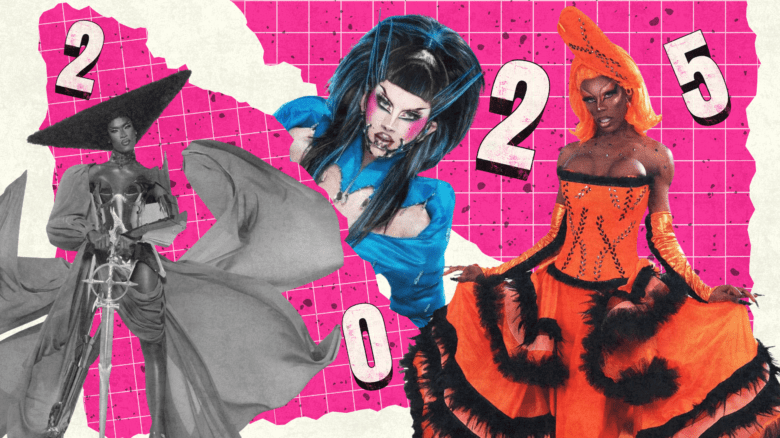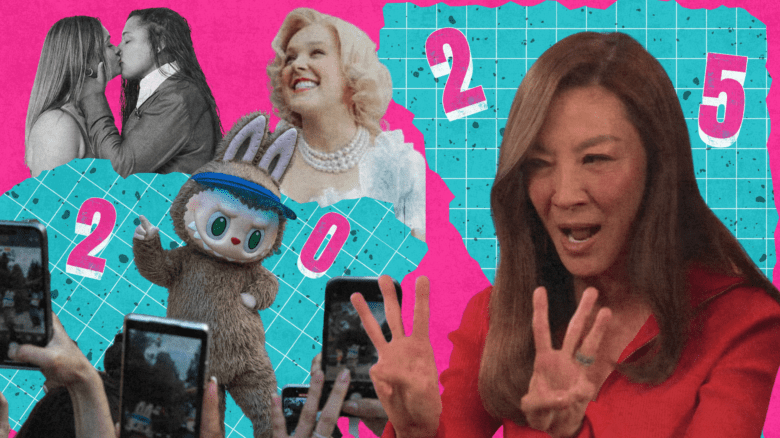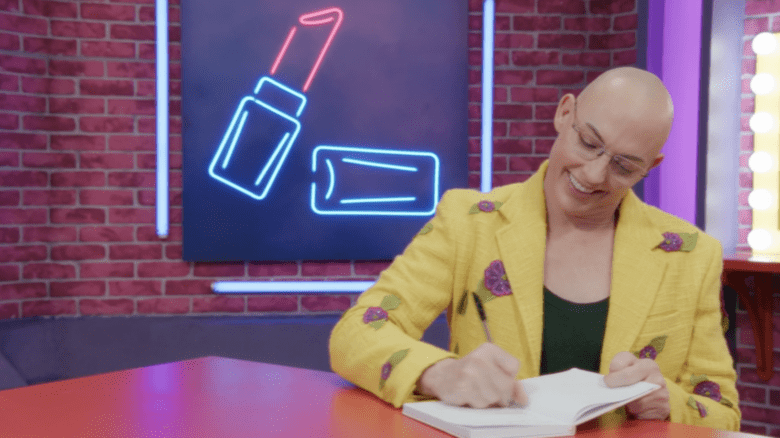If you have recently come out as a lesbian, gay woman, queer chick or homo of the female gender you may have noticed that no matter which large urban centre you’re in — whether it’s Toronto, New York, London or right here in Vancouver — there’s really no such thing as a dyke bar, a space in which you can bump and grind in a room full of women only.
Others might remember a time when the now-extinct dyke bar existed.
You might have been a self-defined butch. On Friday night after work you’d shower, gel your hair, toss on cologne and spend the next two hours nursing a beer while trying on every black shirt in your closet, deciding which one makes you look hottest.
Then you’d do the same routine with every pair of black jeans in your drawer, until you settled on just the right pair. You’d grab a leather jacket or windbreaker, dash out the door to go wait in line at your local dyke bar.
Sure, it was often in a basement with no windows, or in the roughest neighbourhood in town, but once you got ID’ed, paid the cover charge and walked into the bar, you entered a sea of women.
The night was yours to cruise, dance, flirt, pick someone up, or hang with your buddies at the pool table. It wasn’t much to ask. Just one night at week. A room full of lesbians. No het couples. No men.
You might have been a femme, a lipstick lesbian, a professional gay woman. After a hard week of work, you’d take a long bubble bath, shave your legs, powder and lotion your skin. Makeup is a breeze. Takes less time than it takes a butch to gel her hair.
As you sip on a glass of white wine, you slide into a pair of black stockings, slip on your little black dress and head out the door.
When you’d walk inside, no one figured you for a straight girl. The butches turned their heads the second you made your entrance. You couldn’t fend them off fast enough. You’d have suitors on all sides. You’d simply have to take your pick and be out on the dance floor, or cut the evening early and take one home.
You might have been the androgynous type. You’d show up in jeans and a T-shirt as often as in a flowing skirt and scarf. No one cared if you danced by yourself, soaking up the estrogen-filled air, smiling at the beautiful women around you.
You might have been a bisexual woman, thrilled to be in a space filled only with women so you could test out your same-sex lust, see it fit you.
These days, most cities have places labelled as women’s clubs, usually produced by queer women — and God bless them — it’s hard work, there’s big financial risk and they’re doing the best they can. But why are these so-called women’s clubs open to gay men and straight people?
As if there aren’t enough places in town for gay men to hang out. As if straight people don’t have anywhere to meet each other.
What if even once a month, we had dyke bars again?
What a wonderful world that would be.
 Why you can trust Xtra
Why you can trust Xtra


